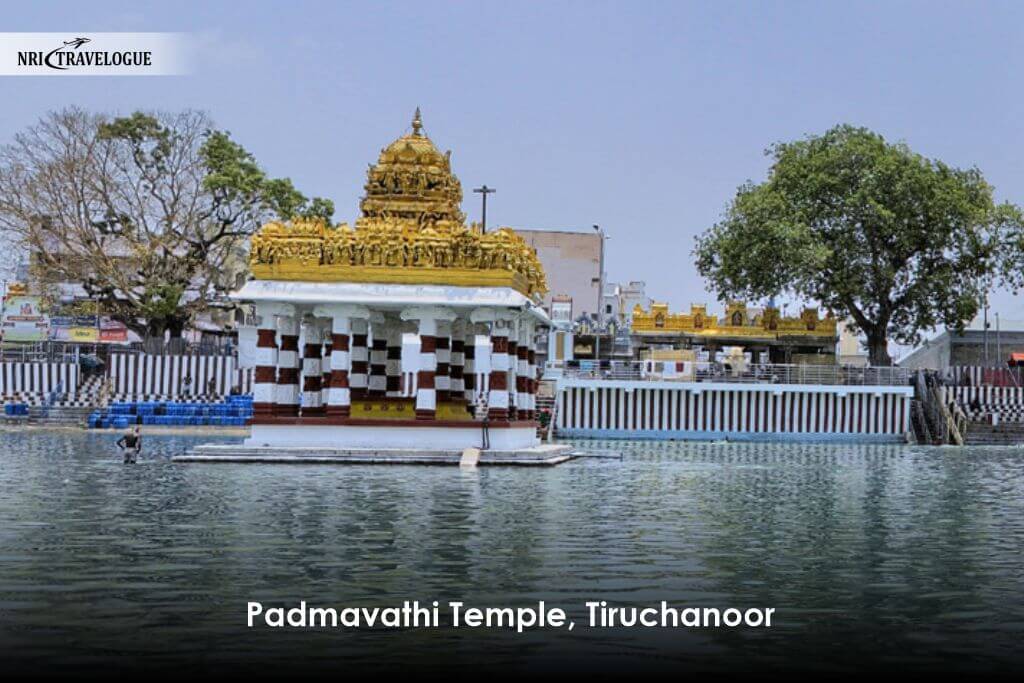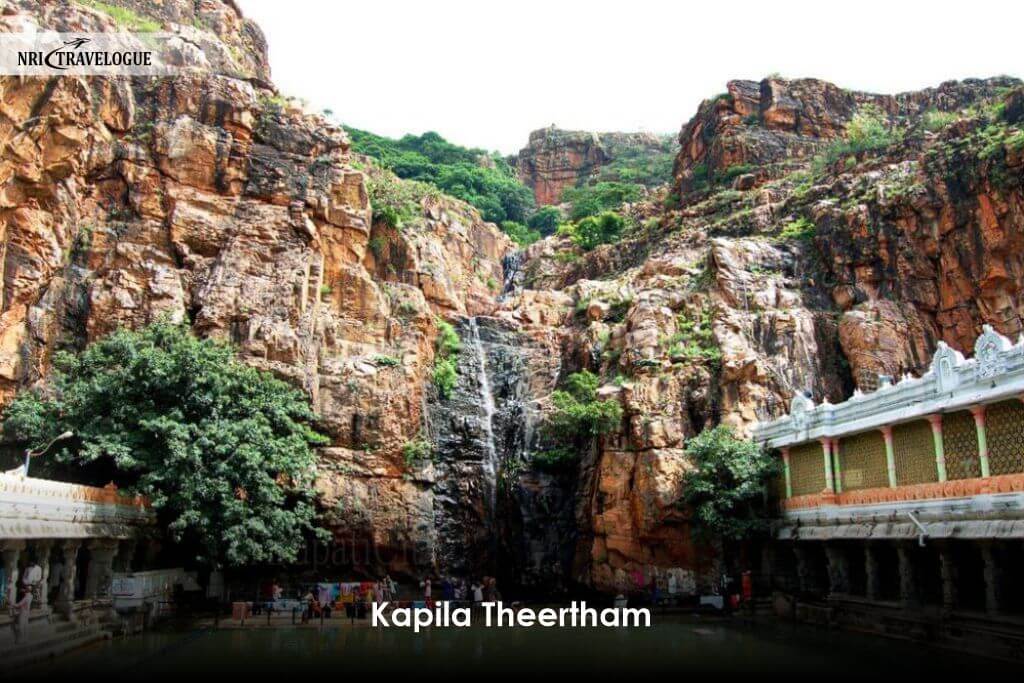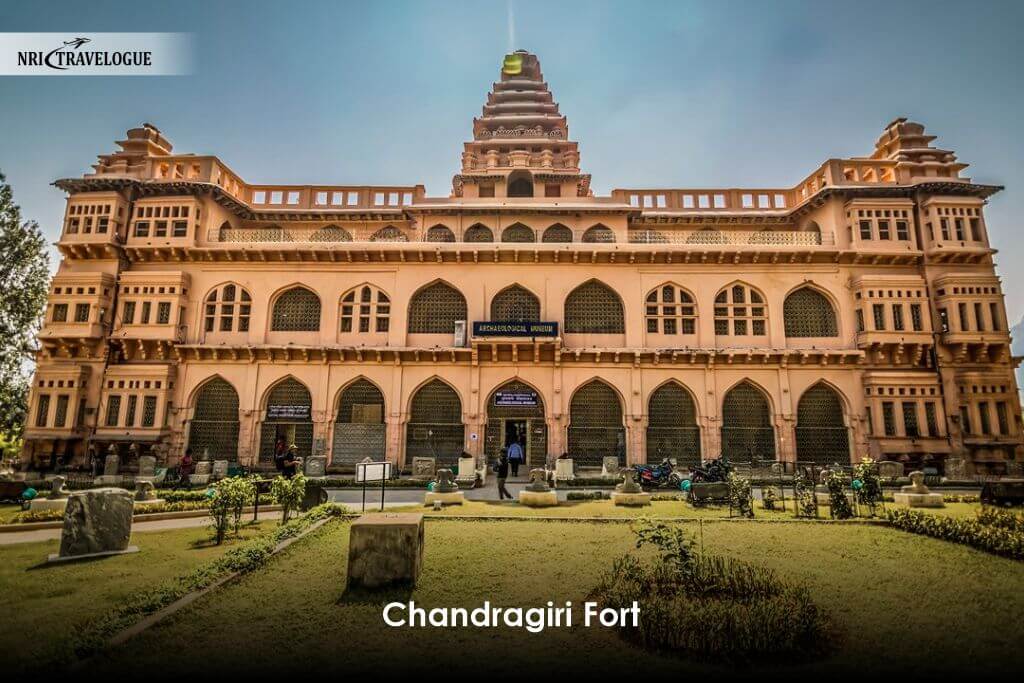You’ve probably heard of Tirumala Tirupati Devasthanams (TTD) — one of India’s most visited pilgrimage trusts, managing the world-famous Venkateswara Temple atop the Tirumala Hills. But planning a trip there can get overwhelming: which darshan to book, when to arrive, how to move around, what lesser-known spots to include.
In this guide, I’ll walk you through a well-rounded plan, practical tips, and insights gained from my own visits. By the end, you should feel confident about your pilgrimage and know how to make your experience smooth, meaningful, and memorable.
History and Significance of Tirumala Tirupati Devasthanams
To understand why people travel from all over for this shrine, it helps to know the story behind it. The administrative body known as Tirumala Tirupati Devasthanams was legally established in 1933 via the TTD Act. But the temple traditions and legends go far deeper.
The sacred Venkateswara Temple is considered one of the eight Swayambhu Kshetras (self-manifested shrines) of Vishnu. The Tirumala hills themselves—called Seshachalam or Seshadri Hills—are made of seven peaks. Tradition holds that those hills represent the hoods of Adishesha (the divine serpent) supporting Vishnu’s abode.
One of my favorite legends: it is said that Garuda flew into Vaikuntha and brought down one of its hills so Vishnu and Bhudevi could remain together on earth. That hill eventually became Tirumala. Also, the earlier deity on the hill was Varahaswamy, and worship of Varaha still occurs before devotees enter the main Venkateswara temple.
Over centuries, rulers like the Cholas, Pandyas, and Vijayanagara dynasty enhanced the temple, added inscriptions, carried out renovations, and donated generously.
TTD today is not just a temple board. It handles everything from darshan scheduling and queue systems to free meals, guesthouses, restoration of temples, education institutions, and research on religious texts.
So when you visit, you are interacting with layers of faith, history, and a living institution.
Preparations Before You Go
1. Best Time to Visit
From my experience and from what local guides recommend, September through February is a safer bet. The weather is more forgiving, the heat is moderate, and the rainfall is lower. If you go during a major festival—especially Brahmotsavam—expect huge crowds, special processions, but also a deeply charged spiritual atmosphere.
2. Darshan Types & Booking
This is one area where I learned that early planning pays off. TTD offers different categories:
- Sarva Darshan: Free entry, but long waiting times.
- Special Entry Darshan: Paid ticket, quicker access.
- Other Sevas: Archana, Thomala, Kalyanotsavam, etc.
- Srivari (VIP / Break Darshan): For a privileged experience (limited quota).
- Quota for senior citizens / physically challenged / special categories.
TTD publishes precise dates each month when tickets and sevas open for booking.
In my case, I booked the special entry darshan a couple of months ahead. The official portal sometimes sells out instantly, so third-party agents can help, but verify their credentials strictly.
3. Permits, Dress Code & Customs
- You need a valid photo ID (Aadhaar, passport, driver’s license, etc.).
- The dress code is strict: for men, typically dhoti or pyjamas + kurta/shirt; for women, saree, half-saree, salwar-kameez etc.
- Wear clean clothes, bathe before entering (if possible), and refrain from wearing flowers—those are reserved for the Lord.
- Inside the temple, maintain silence, avoid pushing, and queue respectfully.
4. Where to Stay, How to Reach
- Accommodation: TTD guest houses, cottages on the hill, or hotels in Tirupati (for your base). Reserve early—especially during festival seasons.
- Access: The nearest airport is Tirupati (Renigunta airport) with connections to major cities. From there, buses or cabs go toward Alipiri (the base of the hills).
- There are two ghat roads connecting Tirupati to Tirumala: the “new ghat road” used for ascending, and the older one used for descending.
- Bus / Road / Rail: Tirupati is well-connected by train and road. TTD runs free buses between the Tirupati railway station and the bus stand toward Alipiri / Srivari Mettu.
On one trip, I stayed in Tirupati the first night, started early in the morning, took the new ghat route, and arrived in time for Suprabhatam (morning ritual) at the temple.
Navigating the Temple & Darshan Experience
1. Vaikuntham Queue Complex
One of the innovations by TTD is the Vaikuntham Queue Complex (two of them now). These are elaborate queue halls where pilgrims wait in stages before reaching the sanctum.
Queue Complex-1 handles paid and seva ticket holders, and Queue Complex-2 handles the Sarva Darshan (free) crowd.
When I passed through, I noticed volunteers, signage, drinking water points, and even Annadana (free meals) facilities inside the queue corridors—helpful when waiting for long hours.
2. Darshan Sequence & Important Spots
- Before the main darshan, devotees usually visit the Varahaswamy Temple, which is located near the sacred pond Swami Pushkarini.
- Then proceed to the queue halls in Vaikuntham Complex.
- Inside, there are intermediate halls where archana or other rituals might be performed (depending on your ticket).
- Finally, you reach the sanctum sanctorum for darshan of Lord Venkateswara.
- After darshan, sometimes devotees go around the four Mada Streets and return via exit corridors.
Be prepared for long walking and standing. On my trip, I had to pause several times for water and short rests while inside the queue halls.
3. Free Meals & Annadana
One of the strengths of TTD is the free meal (Annaprasadam) service. In the waiting queue lanes, inside the Vaikuntham complex, and around the temple, pilgrims can get free meals.
In my experience, the meals are simple but served with devotion. Don’t skip them—you’ll need the energy.
Beyond the Main Temple: Surroundings & Lesser-Known Spots
While everyone comes for the main darshan, there are a few additional sites worth visiting if time allows.
1. Sri Govindaraja Swamy Temple, Tirupati
On the foothills, in the city of Tirupati, TTD also administers the Govindaraja Temple.

It has ancient origins, was consecrated by Ramanuja in the 12th century, and has richly sculpted gopurams. It is often overlooked by travelers focused only on Tirumala, but it’s a peaceful complement to your pilgrimage.
2. Padmavathi Temple, Tiruchanoor
Close to Tirupati, this temple is dedicated to Goddess Padmavathi, consort of Venkateswara. Pilgrims often visit this before or after Tirumala.

3. Kapila Theertham
At the foot of the hills, there is a Shiva shrine with a natural waterfall and a tank. Many devotees take a dip before ascending toward Tirumala.

4. Chandragiri Fort
About 12 km from Tirupati, this old fort has historical significance and offers good views of the hill country.

If your schedule allows, blocking one extra half-day for city temples or fort visits helps break the monotony of temple queues.
Practical Tips & Common Pitfalls
Here’s where I pass on lessons I learned the hard way:
- Book darshan tickets as soon as they open. Waiting until the last minute often means they’re sold out.
- Double-check you’re using the official TTD website or a verified agent. There have been fake profiles claiming to sell tickets.
- In 2025, TTD inaugurated an AI-powered command center in the Vaikuntham complex to monitor crowds and manage safety in real time.
- On festival days or weekends, arrivals as early as 3 a.m. might be necessary to get ahead of large crowds.
- Wear comfortable footwear because there’s walking on uneven floors and slopes.
- Carry a minimal backpack with water, light snacks, hand sanitizer, and a portable umbrella (for sun or rain).
- Don’t bring jewelry or valuables unless necessary; secure them in your guesthouse.
- Respect the queue rules. I once saw someone trying to cut in line, and they were politely turned back by volunteers.
- Be patient. Even with the best planning, delays happen.
- If you have mobility issues, there is special parking and facilities; check with TTD in advance.
Itinerary (2-Day Visit)
Here’s a sample schedule that worked well for me. You can adjust for speed or extra visits.
Day 1
- Arrive in Tirupati in the evening; stay in the hotel
- Visit Govindaraja Temple or stroll around Tirupati
- Rest early
Day 2
- Start before dawn (3:30–4:30 a.m.), drive up via the new ghat road
- Reach Tirumala, freshen up, and join the queue for Suprabhatam
- Visit Varahaswamy Temple + Pushkarini pond
- Pass through the Vaikuntham Queue Complex toward darshan
- Have a free meal after darshan
- Explore the four Mada Streets, rest in the hills
- Return to Tirupati in the evening
- Option: Visit Padmavathi temple or Kapila Theertham before leaving
If you have more days, you can spread out visits or take a pilgrimage rest.
What Makes This Place Special — Personal Observations
- The moment I entered the dawn-lit corridors en route to Suprabhatam, I felt a sense of calm mixed with anticipation.
- I remember waiting for hours in the queue halls, yet being surprised at how organized, clean, and caring the volunteers and staff were.
- The sprinkling of temple chants, the fragrance of incense, the rhythmic footsteps, and glimpsing the golden gopuram in early morning light made the wait feel part of the journey, not just a bother.
- After darshan, walking around the Mada Streets among devotees in varied attires from across India made me realize how this site stitches together different cultures and expressions of faith.
All of these little moments are what separate a dry “temple visit” from a meaningful pilgrimage.
Conclusion
Tirumala Tirupati Devasthanams is more than a temple trust. It’s a living tradition, a massive logistical operation, and a focal point of devotion for millions. I hope this guide gives you clarity, confidence, and inspiration for your trip.
If you like, I can also send you a printable checklist (documents, packing, schedule) or a downloadable map with timings. Do you want me to put that together for your travel planning?









